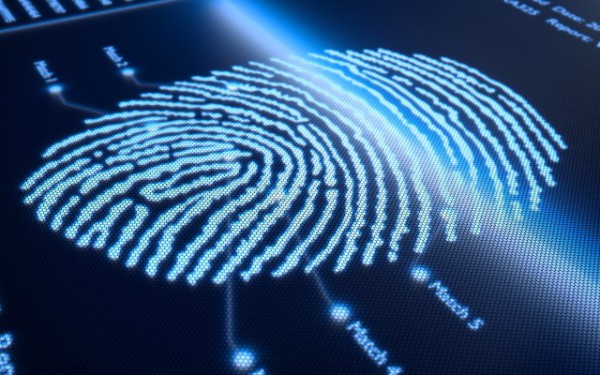How biometrics are addressing privacy concerns [Q&A]

As traditional password security methods become increasingly discredited, enterprises are turning to other technologies to secure systems and transactions.
Though many of the technologies are still in their infancy, others are becoming mainstream. We spoke to David Gerulski, vice president of fingerprint device specialist Integrated Biometrics to find out more about then latest technologies and how they're being used to address privacy concerns.
BN: Will biometrics ever completely replace passwords or will they always be part of a two-factor model?
DG: The current consensus heard at major identity conferences around the globe, and within biometrics industry advocacy groups, including the media is that biometrics and secondary identification tools like passwords make for a strong defense against fraud in certain circumstances. In other circumstances biometrics on their own work just fine because of the constant advances in the technology, such as light emitting sensor film. Over time, it's likely passwords will be used less and less.
BN: High end smartphones increasingly have built-in fingerprint scanning but isn’t there a risk of people with older or cheaper devices being left behind?
DG: I've actually read reports that the average life of a smartphone in the US is just under two years, and new phones are being designed with built-in expiration dates. Soon enough, the vast majority of users will have the latest and greatest.
BN: What role can biometrics play in reducing payment fraud?
DG: There are a variety of different roles for fingerprint biometrics to play in reducing payment fraud. Many of those are already in existence, today. For instance, fingerprint sensors are incorporated in ATMs throughout the world. The US is actually behind the curve in this application. Here in the US companies like Mastercard are introducing fingerprint biometrics into their pay-by-phone system and in Mexico, the government uses electronic fingerprint devices to ensure people receiving loans and social program benefits are who they say they are.
BN: What barriers will biometric technology need to overcome before it can be considered mainstream?
DG: As you look around the world, biometric technology is much more mainstream than it is in the US, and that's primarily due to our society's protective stance toward privacy. It's somewhat of a catch-22 situation: Americans want to protect their identities and avoid fraud, and biometrics, especially fingerprint biometrics, are a great way to do that. However, in order to get that type of protection individuals have to enroll in systems that verify their identities, and they are reluctant to participate. With the increasing use of fingerprint biometrics in devices like smartphones and airport security express lanes, the barriers are breaking down as the public discovers the benefits of fast secure identification.
Photo credit: Johan Swanepoel / Shutterstock
